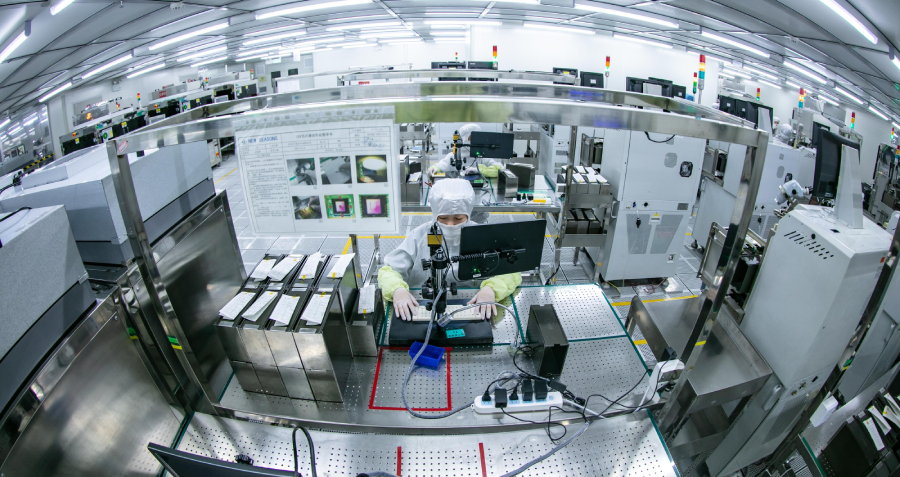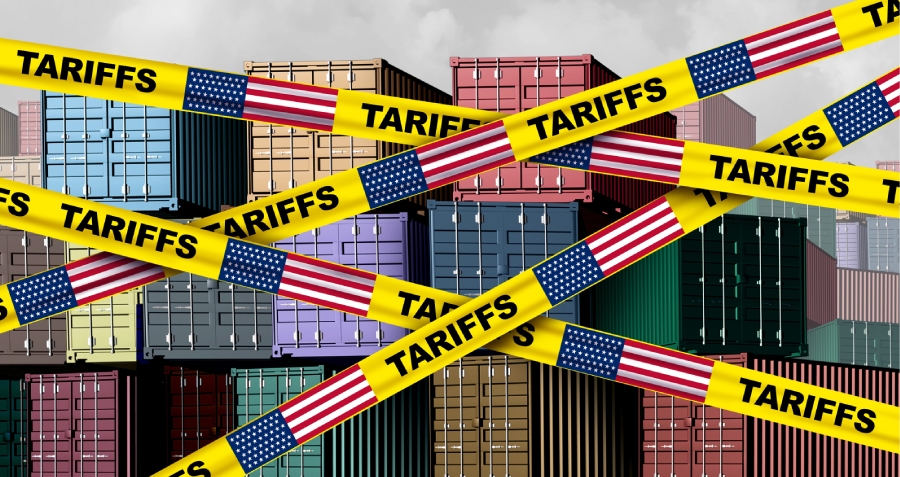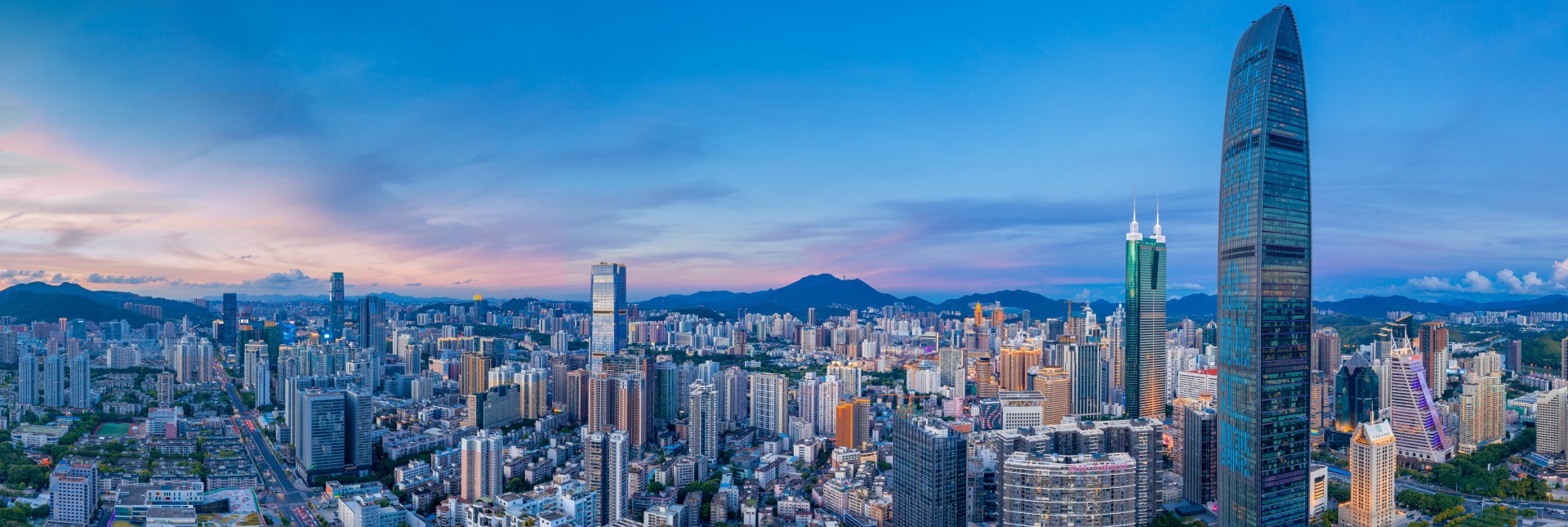Four stories behind the dramatic rise and the equally dramatic fall of the Shanghai Stock Exchange’s stock index.
Despite a seemingly unified effort to boost China’s stock market, the Shanghai Composite Index dropped 5.77% on Friday, extending the weekly loss to 12.7%. Share prices in Shanghai have dived 29% in the past 14 trading days, and no one knows if the slump is going to continue. So what happened in the past three weeks to what was otherwise a red-hot market?
As Europe holds its breath over Greece, China’s stock market slump is causing barely a ripple http://t.co/mznBywWNYA pic.twitter.com/rfqtU8GmNe
— Bloomberg Business (@business) July 3, 2015
De-leveraging
The boom of margin trading is considered a main contributor to the rise of Chinese shares. By mid-April, margin trading had quadrupled compared with the beginning of 2015, reaching a historical high of RMB 1.7 trillion. As a result, China’s margin debt as a percentage of estimated free float, according to research done by Macquarie Group, reached 8.2%. If we take the undocumented margin debt accumulated through channels such as the umbrella trusts into consideration, the ratio can be as high as 10%, analysts said. However, high leverage ratio in a market filled with inexperienced retail investors (taking up 80% of the market by some estimates) is no doubt dangerous. And that’s why China’s securities watchdog, China Securities Regulatory Commission (CSRC), decided to crack down on unauthorized margin lending activities, a move many now blame for spooking investors and worsening the market sentiment. This week, CSRC softened its stance on halting the practice, allowing securities brokers to have more flexible schedules to examine their accounts for illegal margin lending activities.
A Wave of IPOs
Between November 2012 and June 2014, there was a dry period of public offerings in China. The freeze finally thawed last year, and the number of new offerings have been accelerating in 2015, as the China market moves towards the transition from an approval-based listing system to a registration-based one (expected later this year). In the first six months of the year, 188 new companies listed in stock exchanges either in Shanghai or Shenzhen, according to Wind Data, raising RMB 147 billion in total. On June 29, another 28 IPOs were approved by CSRC, and the companies already started to list on July 3. Critics say that the large number of new companies has distracted funds and led to falling prices on the market, while others argue that Hong Kong had more IPOs in the first half of the year while the Heng Seng Index edged up more than 10%.
High Valuations
At the end of January 2015, the Shanghai Composite Index had risen almost 70% in just eight months time. But then the average price-to-earnings ratio (PE ratio) of all stocks traded in Shanghai was a little shy of 20, a number still comparable to that of the New York Stock Exchange. But by early June, the average PE ratio had climbed to 30, as the index shot up another 50% in about 90 days. The stock frenzy reminded people of the stock bubble that burst in late 2007, when share prices tumbled more than 70% in one year, triggering a seven-year-long bear market. The average PE ratio for Shanghai stocks on October 16, 2007 was 58, as the index closed at an all-time high of 6,092.06 that day, according to recent research led by Ou-yang Hui, Professor of Finance at Cheung Kong Graduate School of Business. At a glance, the valuation was not yet as crazy, but if companies’ earnings growth is taken into consideration, you end up with quite a different picture. According to Ou-yang’s research, the overall PEG ratio (or PE-to-growth ratio, a popular alternative used by analysts to determine a stock’s valuation) of the market on June 5 this year (Shanghai Composite Index closed at 5023.10) was 6.8, far exceeding the 0.6 figure recorded on Oct 16, 2007.
Government Rescue
For individual investors, the most important phenomenon, besides the crash, is probably how securities brokers and the media went all in to support the market. This was first seen on June 27, when China’s central bank (People’s Bank of China, or PBOC) announced an interest rates cut and a targeted cut of the required reserve ratio (RRR) for some banks. The policy change came in after the market had fallen dramatically two weeks in a row, and virtually all analysts from Chinese securities firms were optimistic that the market would, as a result, rebound in the following week. However, the index took another 3.34% dive the next Monday, despite the release of a draft document by Beijing that will give 30% of China’s gigantic pension fund access to the local stock market. Monday’s fall marked a change of media rhetoric from calming investors to finding scapegoats to blame. The calling for a “national team rescue” also emerged, as if a group of “avengers” (aka state-controlled financial institutions) will just swoop in to save the world. In the next few days, a slew of government-run newspapers, with little evidence, declared a war on “vicious short-sellers” and “foreign puppet masters”; a dozen or so private equity fund managers also made public announcements to support the market, while one even pledged to fight against the slump by committing billions of his own money.
China’s stock market’s no longer a “market”. It’s battlefield – Communist Party must win the war on stocks or it will lose public confidence
— George Chen (@george_chen) July 2, 2015
Although none of the heroic gestures have worked, there’s no doubt that Beijing will continue its efforts to not let the market slip away (hours after the closing bell on Friday, CSRC has announced that it will limit the number of IPOs in July and also their capital-raising size). And it could be correct that all the foundational elements—market reforms, industrial transformation or increasing liquidity—that contributed to a “slow and long bull” haven’t changed. The only question that remains is: have people changed their hearts?



















